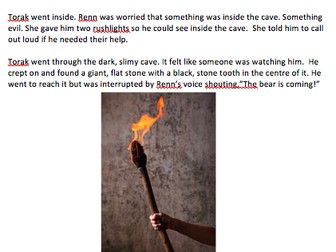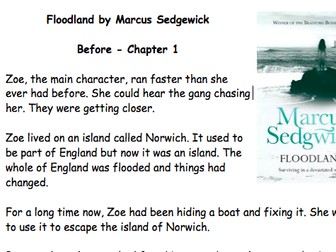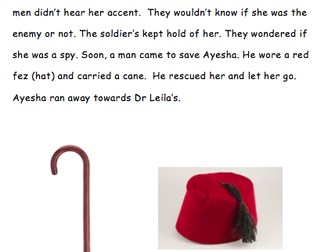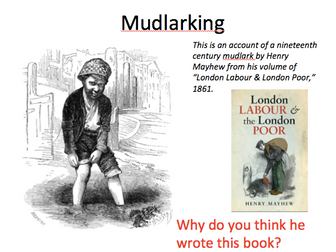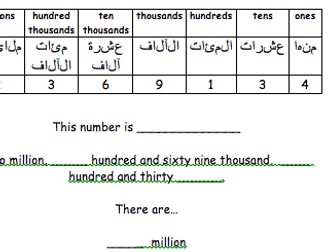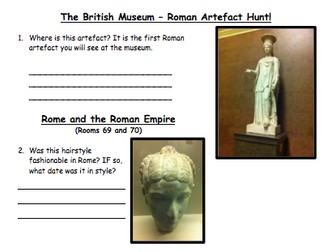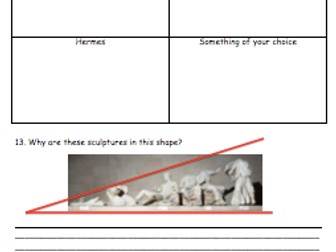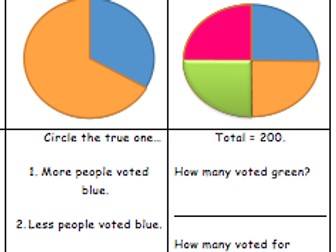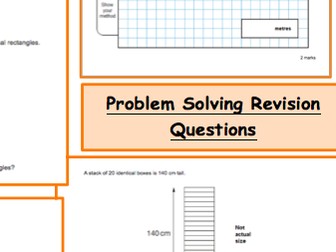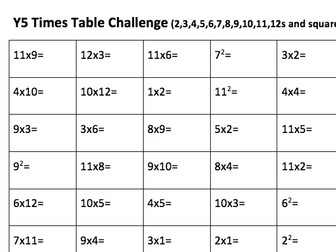
Wolf Brother Simple Chapter Summaries
I wrote these chapter summaries of Wolf Brother by Michelle Paver to help SEN and EAL children access the story alongside the rest of the class. They were very valuable and have been used with great success. The whole book is covered from start to finish.
An example from Chapter 3:
Torak saw the wolf and at first, wanted to eat it. Torak realised the wolf was alone. It’s family had died in a flood. The Wolf was howling and crying. Torak realised he understood the wolf saying, “Why won’t you play with me brothers?”, “Why won’t you wake up?” and, “I’m hungry.”
Wolf could smell something like wolf in the air. Torak went towards Wolf with a knife, ready to fight it if it attacked him. Wolf showed Torak he was too weak to fight and wasn’t going to attack.
Torak hugged Wolf and Wolf wasn’t scared any more.
